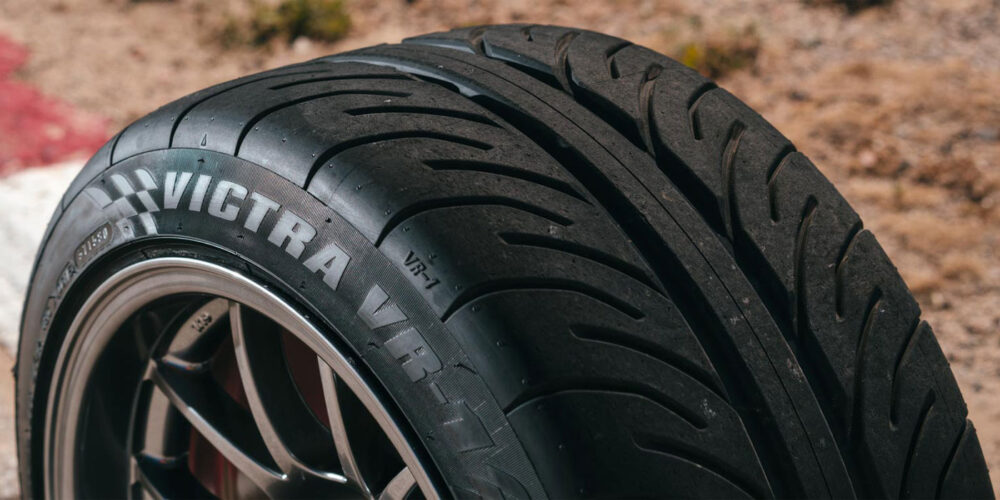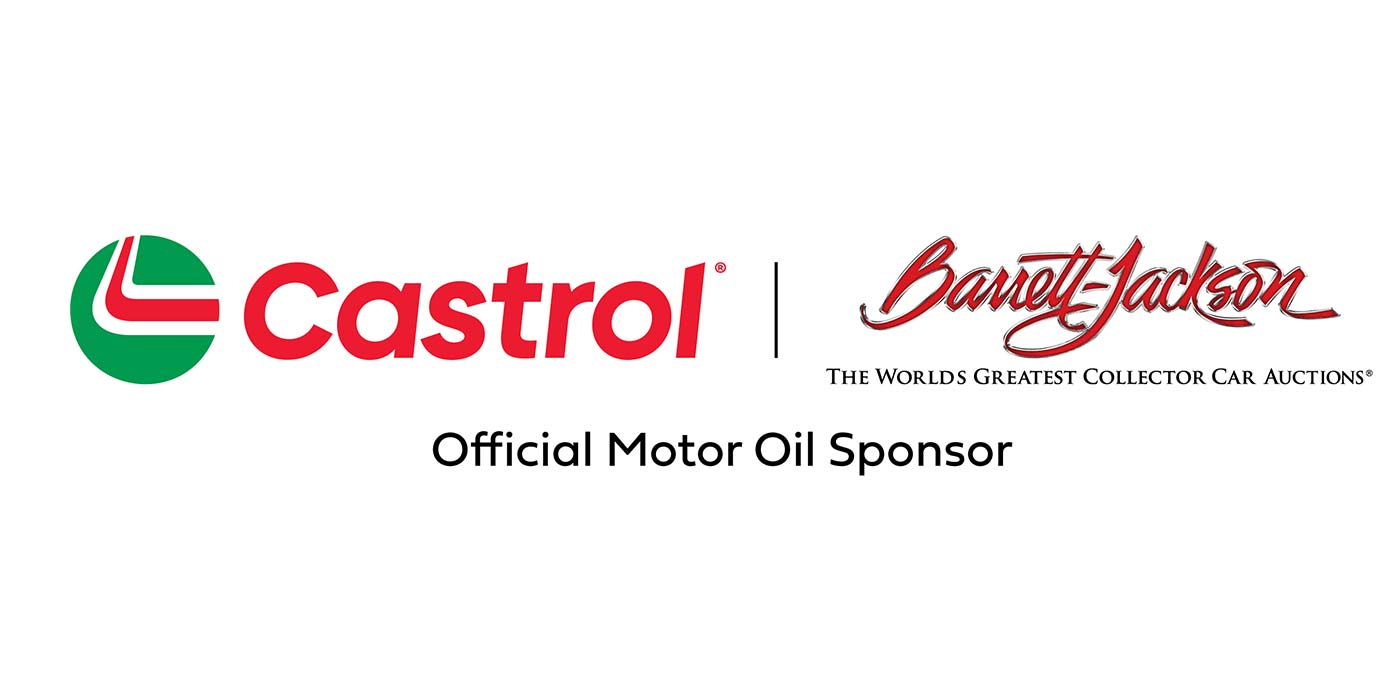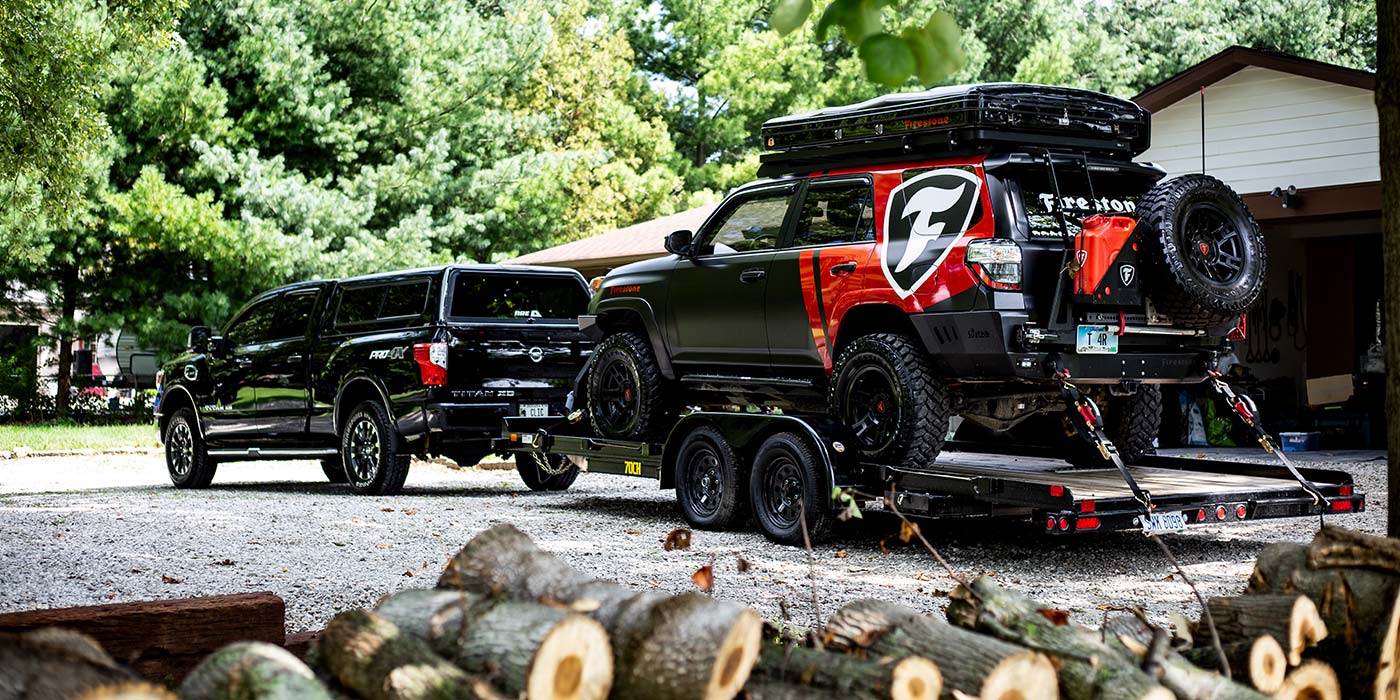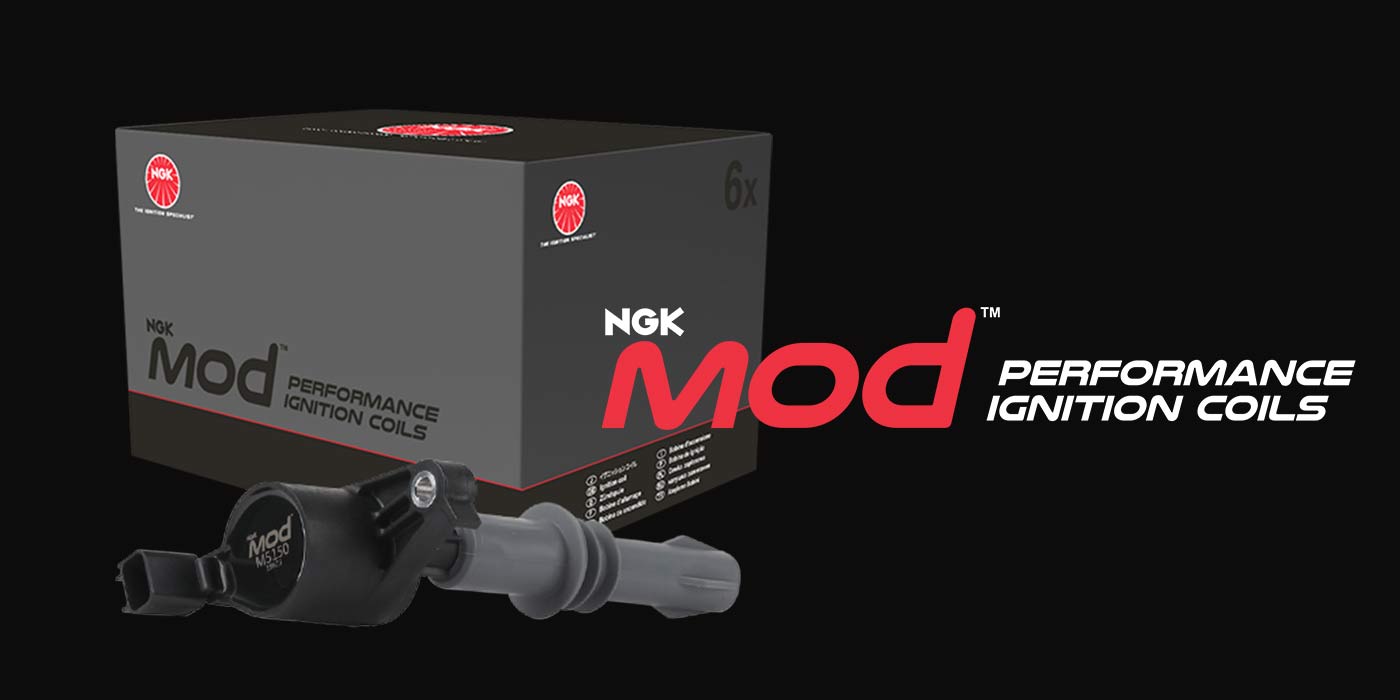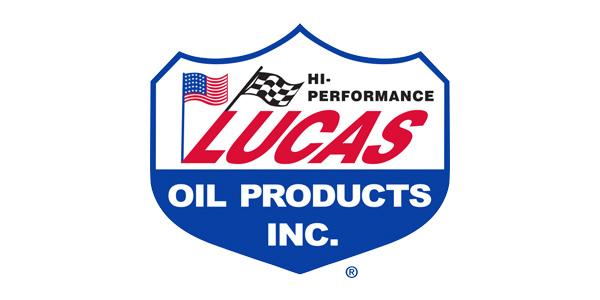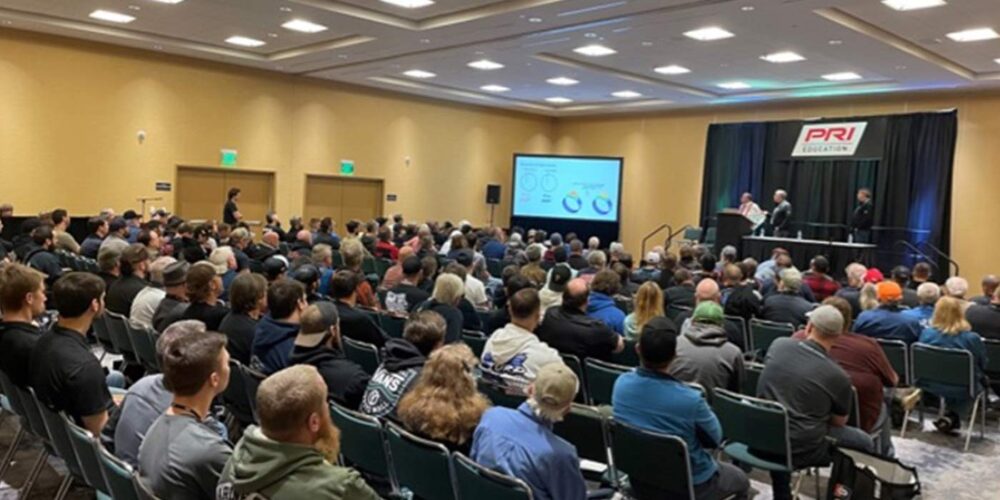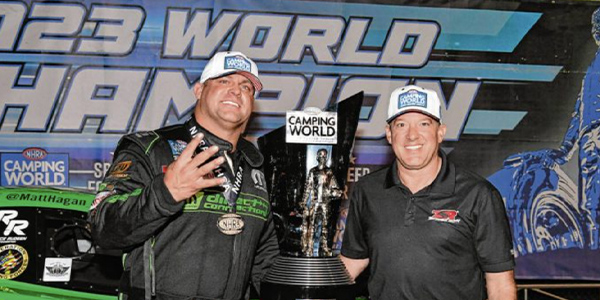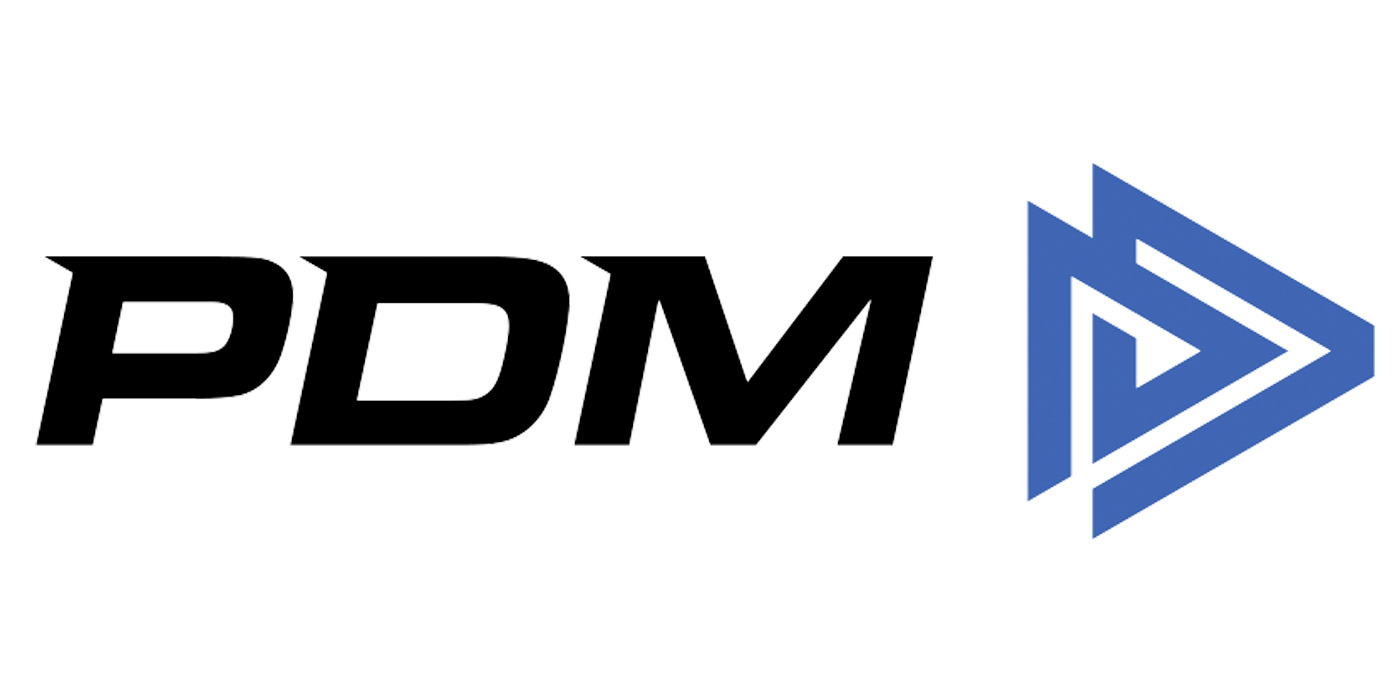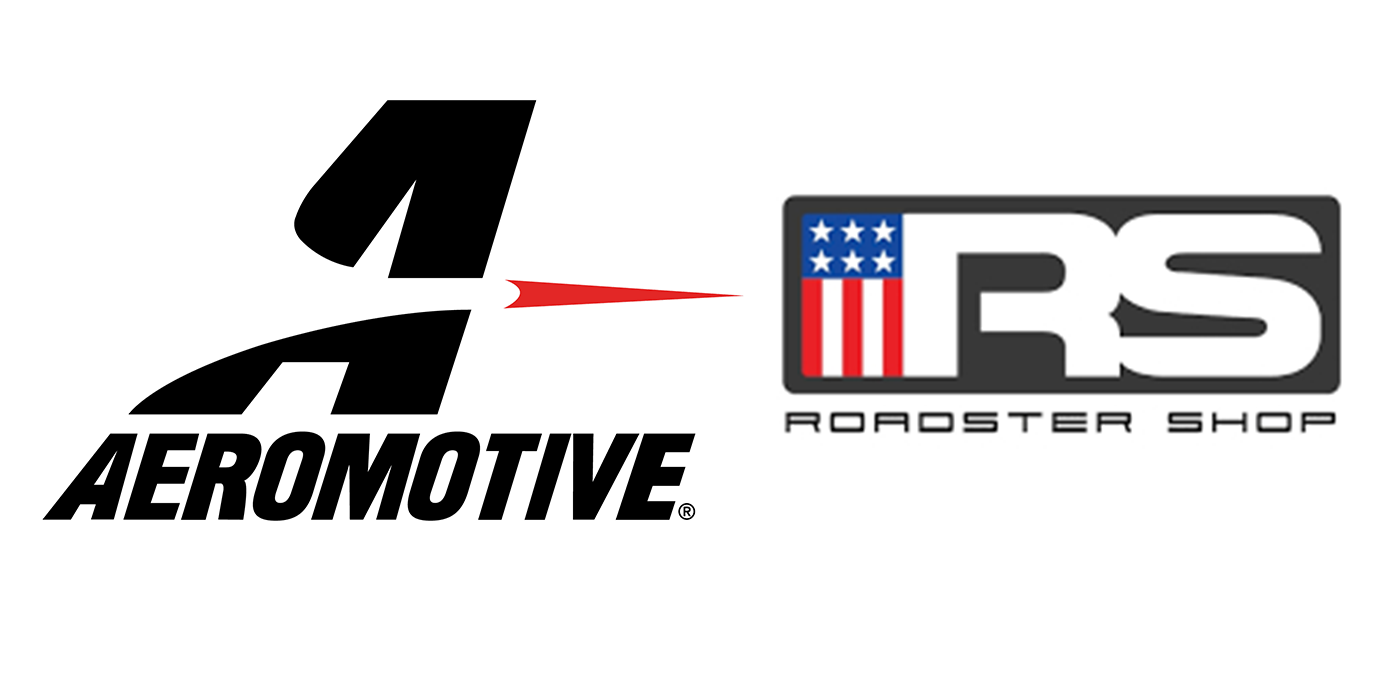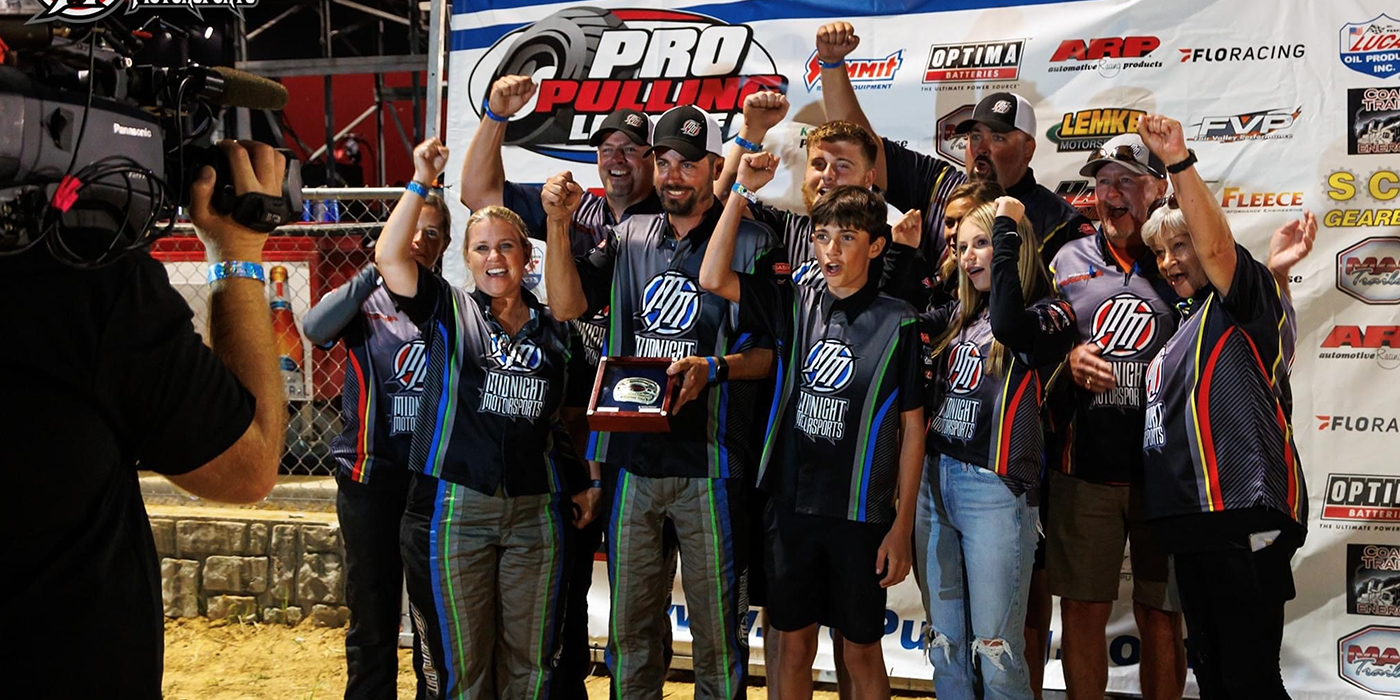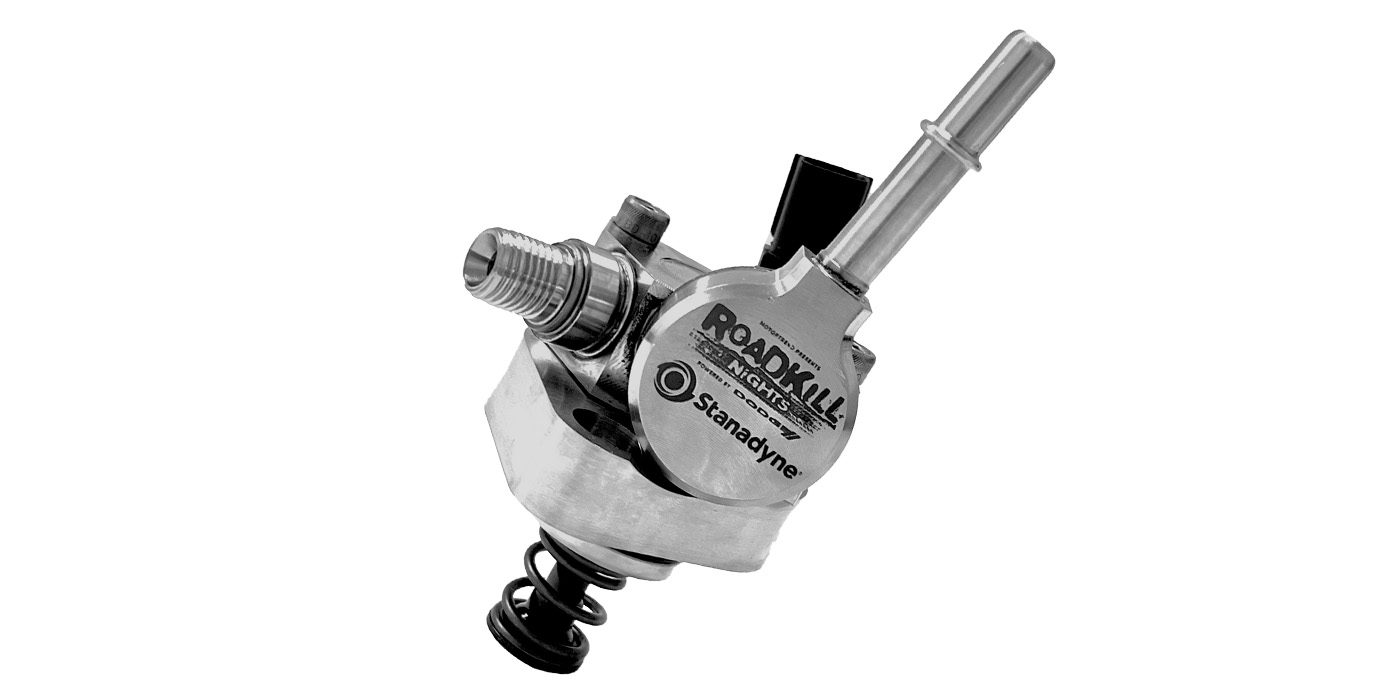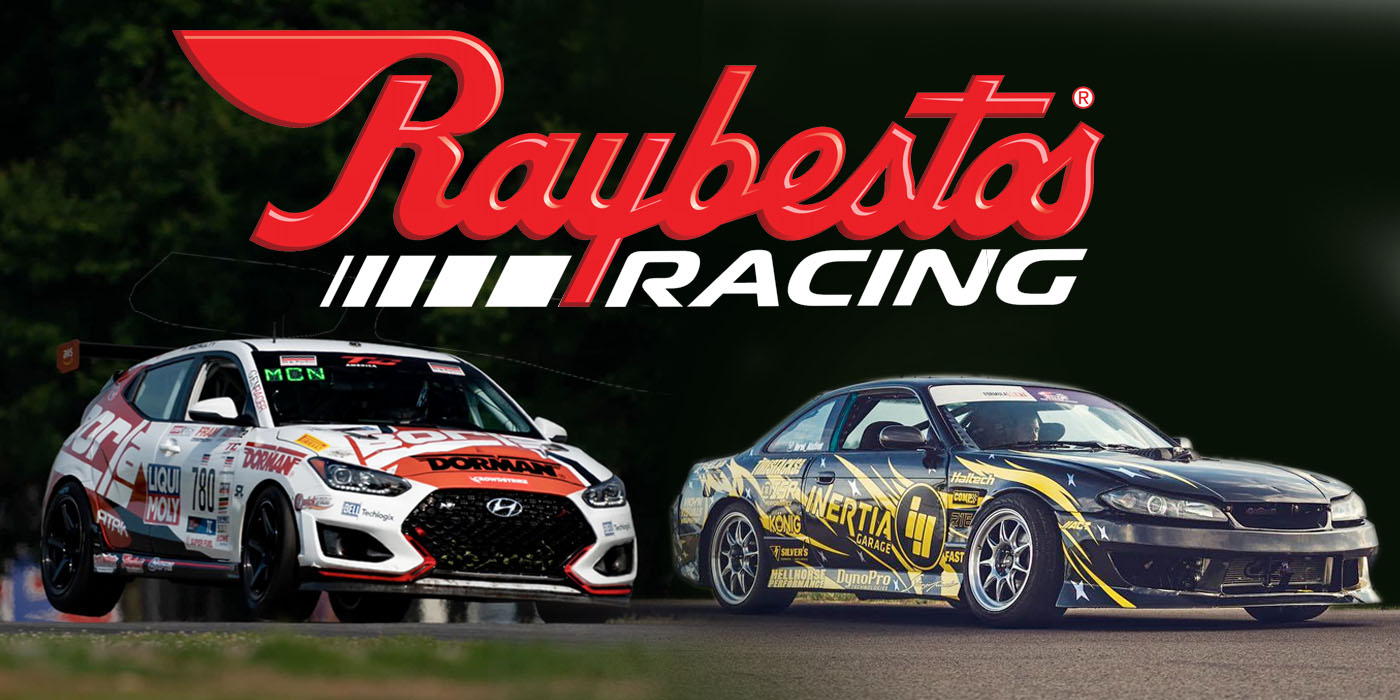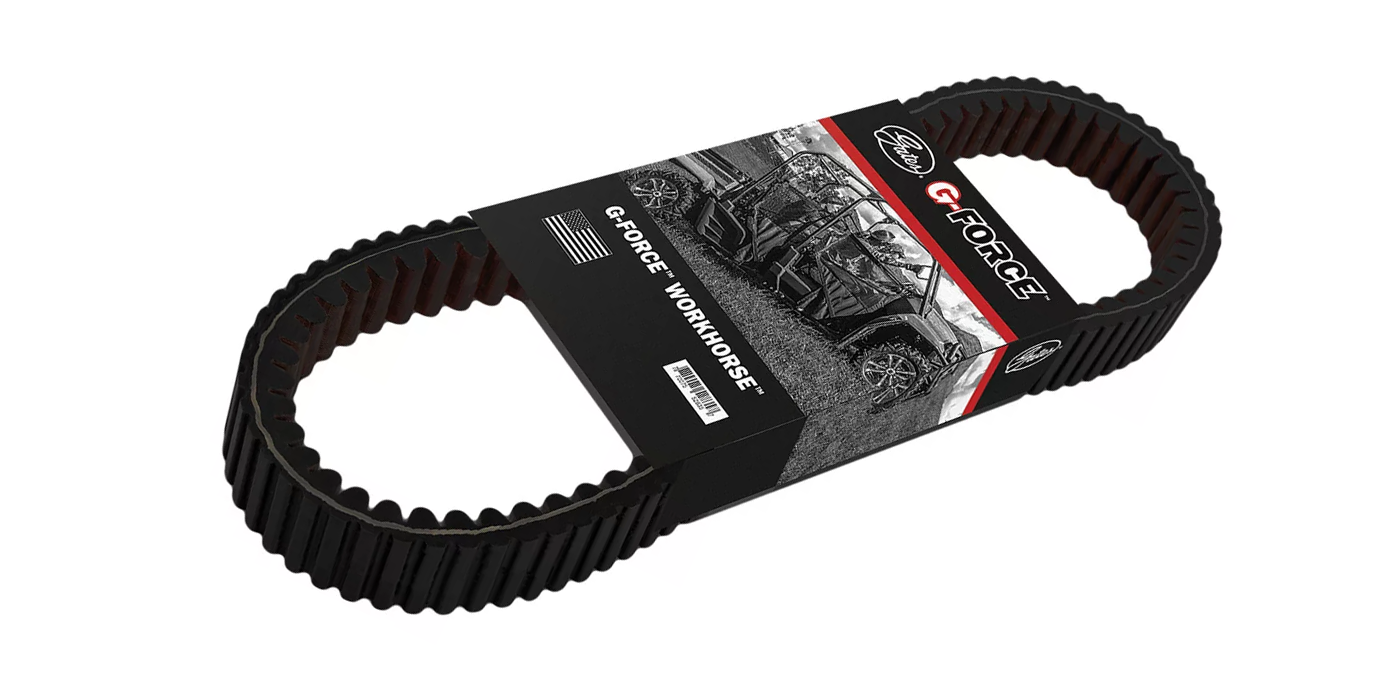Editor’s note: This article originally appeared on Tire Review, a Babcox Media publication.
Customers who seek replacement UHP summer tires can be a refreshing change of pace for tire dealers. After all, it’s somewhat rare to see a consumer excited about purchasing tires, much less one who’s interested in discussing their features and finer details.
In a targeted segment that caters to enthusiasts — from spirited daily drivers to weekend track warriors — dealers who are up to speed on tire features, performance and options will find success with their UHP summer customers. With market fluctuations and changing vehicle trends, staying well-informed requires some effort — but can make a difference in a dealer’s bottom line.
UHP Summer Market Trends
While the UHP summer tire market remains strong for those seeking optimum handling for their performance vehicles, as expected, it is more robust regionally in markets that do not experience winter conditions that necessitate tire changes, according to Brandon Stotsenburg, vice president of the automotive division for Kenda Tires. For performance cars, the market generally breaks into two segments: maximum performance and traditional UHP.
“The maximum performance segment is typically for consumers looking for very strong dry grip and handling, who are willing to sacrifice some level of wear,” Stotsenburg says. “These tires will often further segment to extreme dry performance, providing slightly lower wet performance. The best-performing tires in the maximum performance segment are growing in use in DOT competition environments like drifting, autocross and endurance competition often sanctioned by SCCA or other racing sanctioning bodies.”
The traditional UHP segment continues to primarily represent consumers who want the enhanced benefits of strong grip, plus dry and wet performance, while still receiving good treadwear.
“These consumers have performance cars that are enjoyed and driven enthusiastically without the need to have maximum, competitive performance,” Stotsenburg says.
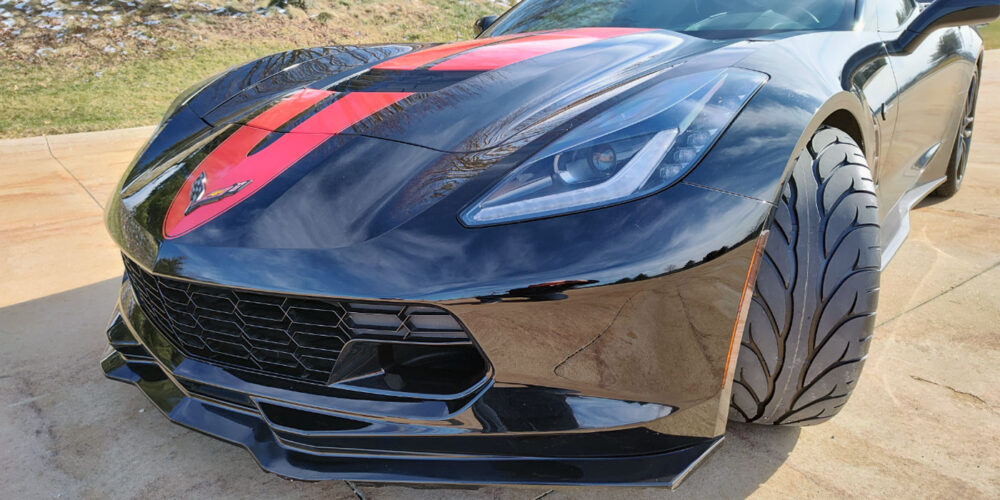
Another pattern to note is the increase in sporty light trucks that are coming originally equipped with high-performance tires featuring larger rim diameters, lower aspect ratios and higher speed ratings — which will help drive the replacement market, according to Kevin Arima, senior product manager for Toyo Tire U.S.A. Corp.
Jayden Lee, Pirelli Tire North America product manager, says that in the past few years, three trends have impacted the UHP tire segments.
“First would be the growing consumer demand for SUVs and CUVs, which has led to a need for UHP tires that are designed specifically for these vehicles,” he says. “To meet the demand, tire manufacturers developed UHP tires that offer improved handling, stability and performance for larger vehicles.
“The next important trend in the segment is the awareness of sustainability,” Lee continues. “Manufacturers are developing tires with new materials and construction techniques that reduce rolling resistance and improve fuel efficiency, as well as producing tires that are FSC (Forest Stewardship Council) certified.”
Finally, the widespread adoption of electric vehicles has led to the development of UHP tires that are specifically designed to meet the weight, performance and battery range requirements of today’s EVs, he adds.
Walter Chen, product planning specialist for Maxxis International USA, agrees that the segment is growing, especially in the max summer and extreme summer categories.
“Factors driving this trend are the rising engine output of performance models and the growing popularity of track days, enthusiast cars and coffee-type drives,” he says. “As more high-performance vehicles are introduced to the market, the share of OE/RE V-rated and higher speed ratings is also increasing.”
Outlook for Growth
“Consumers can expect the UHP market to continue the shift to larger rim sizes and the shift from passenger cars to SUVs as the trend shows,” Lee says. “In addition, as EVs continue to grow in market share, consumers can expect to see more tread patterns dedicated to EVs to maximize a vehicle’s range and tread life without sacrificing the performance of a UHP.”
The percentage share of high-performance SUV, CUV and EV sizes is expected to keep growing, according to Chen, who notes this trend is primarily driven by people switching from cars to SUVs, CUVs and EVs.
Stotsenburg says that Kenda expects growth in UHP summer tire use over the next decade related to the increases in EV performance vehicles.
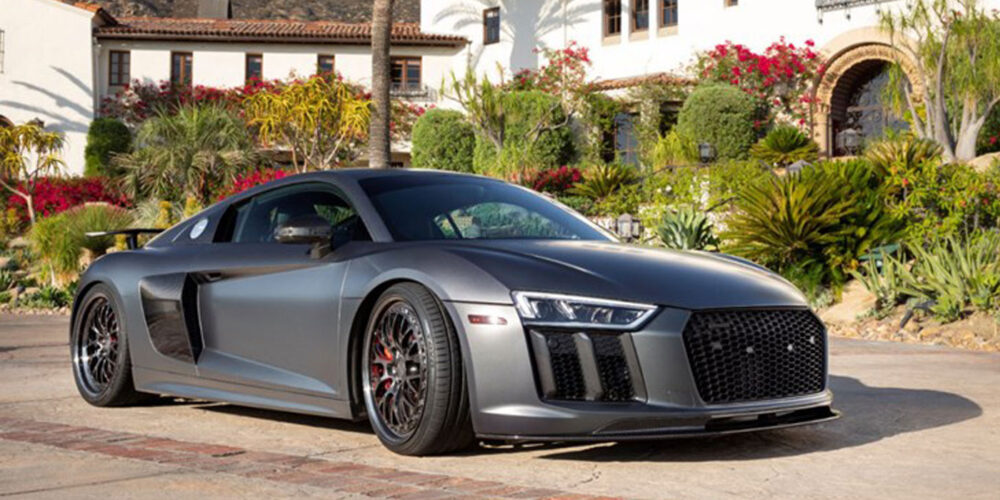
“This is particularly true when you see that Sports Car Club of America (SCCA) has the Tesla Model 3 in the same class as a C8 Corvette, a Porsche Cayman GT4 and a McLaren 570 GT,” he says. “The new EVs provide a significant level of torque that makes them true performance vehicles that place very high demands on tires.”
Performance Demands
As mentioned above, performance vehicles and drivers seeking UHP summer tires have a particularly demanding set of expectations.
Unlike all-season, all-weather or all-terrain tires, which are tasked with delivering aptitude in a variety of areas — ride comfort, light snow capability, tread life, etc. — UHP summer tires are specialized and mostly expected to handle exceptionally well in dry and wet conditions, according to according to Tsuyoshi Johnson, product manager of PCR tires for Falken Tires.
“With that said, products from categories like UHP all-season are getting better every year,” he says. “The gap between the two categories’ wet and dry grip capabilities seems to be shrinking, so it’s up to manufacturers to continue producing summer UHP tires that deliver that next-level traction that high-performance drivers are looking for.”
Depending on the consumer’s primary use, Stotsenburg says they may require very good, or an AA traction rating, for enhanced wet performance.
“The ability to ‘feel’ the handling, reaction to steering input and braking are critical,” he says. “When the tire is used in maximum performance environments, enthusiasts will also be aware of the tire’s performance when ‘cold.’ They want a tire that performs close to its maximum immediately. Additionally, they want a tire that performs similarly as the tire experiences extreme heat while in competitive environments.”
Chen says that it’s also important to balance performance with reasonable ride quality and noise.
“With more and more performance EVs on the horizon, delivering all this summer performance while providing decent rolling resistance will be a challenge,” he notes.
Tire Technology
As with all segments, behind every attribute of UHP summer tire performance is the necessary technology to make it possible.
One key design feature is an optimized contact patch, created using computer-aided engineering while considering the loading characteristics needed for a performance tire, according to Arima.
“Lateral and longitudinal grip in dry and wet is the most sought-after performance characteristic of a UHP summer tire,” he says. “Utilizing high silica compounds coupled with circumferential grooves helps to create a well-balanced, high-grip UHP summer tire.”
Other attributes include advanced rubber compounds, ultra-high-strength belt construction and high-rigidity closed shoulder design for better cornering grip and steering response, according to Chen.
“These features are important for a UHP summer tire’s functionality and ability to provide exceptional performance on dry and wet roads,” he says. “This means the ongoing challenge will always be finding the ideal balance of ride comfort, tread mileage and dry performance.”
The tread pattern of UHP summer tires is designed to maximize dry and wet traction. Typically, the tread pattern features large tread blocks and fewer grooves to provide more contact area with the road, which improves dry traction, Lee says. The grooves that are present are designed to channel water away from the tire, reducing the risk of hydroplaning on wet roads.
“The rubber compound used in UHP summer tires is specially formulated to provide maximum grip in warm and dry conditions,” he adds. “These compounds often contain high levels of synthetic materials, which offer better heat resistance and more consistent performance at high speeds.”
Stotsenburg says a UHP summer tire’s internal structure is critical to ensuring the tire survives the rigors of high-speed driving.
“Carcass and cap plies must be made of the proper materials to provide structural stiffness, resist internal heat and survive racetrack level speeds,” he says, adding that a good UHP summer tire provides all these attributes while still transferring the forces to the road in a predictable manner.
“The driver must feel comfortable that he can push the vehicle to its limits but still be provided some warning as to when those limits are reached,” Stotsenburg explains. “For example, a good profile/tire design allows the driver of a rear-wheel-drive car to throttle steer the car out of corners without worrying about an uncontrolled spin. The balance between understeer and oversteer is critical.”
Since there are subsections — maximum performance and traditional UHP — within the UHP summer tire category, understanding the customer is crucial to recommending the appropriate product.
“Enthusiast drivers and customers who happen to have a car with UHP summer OE tires have distinct needs, and it’s important to tailor your approach to those needs,” Chen says.
Communication is always key, including letting the customer know how their ride can be affected if they are plus-sizing or coming from a non-UHP tire, according to Arima. He added that the dealer also should inform the consumer that this is not a tire to be used in cold or inclement weather.
“Many customers may not be familiar with the technical features of summer UHP tires,” Lee says. “Dealers should be prepared to explain the benefits of these tires, including the tread pattern, compounding and design features that contribute to their performance.
He adds that it’s also key to explain to customers the importance of tires that are tailor-made for each vehicle to optimize the performance and experience.
Johnson says it’s vital to ask what qualities and characteristics drivers are looking for.
“It’s important to note that if they seek a tire with a more substantial mileage warranty or don’t want to swap tires for the winter months, a summer UHP tire may not be for them,” he says. “The tire landscape is constantly evolving. More detailed categories are always emerging, offering consumers tires that complement the needs of a variety of vehicle fitments and performance capabilities.
“It’s entirely possible customers don’t fully understand what a summer UHP provides versus something like a UHP all-season or even grand touring all-season tires,” he continues. “Once the differences are communicated, the folks who are really set on a summer UHP product are hyper-focused on performance; so they’ll need a product that brings it.”
Since many enthusiasts have knowledge and will have done some research prior to contacting the dealer, they may have opinions regarding specific products and brands based on experience and secondary information, according to Stotsenburg.
“Show that your dealership is ready for this segment and the needs of these consumers,” he says. “Proper mounting equipment for optimizing balancing and wheels is critical. An enthusiast expert on your staff who can engage with other enthusiasts to show that you understand the performance tradeoffs is also important.”

